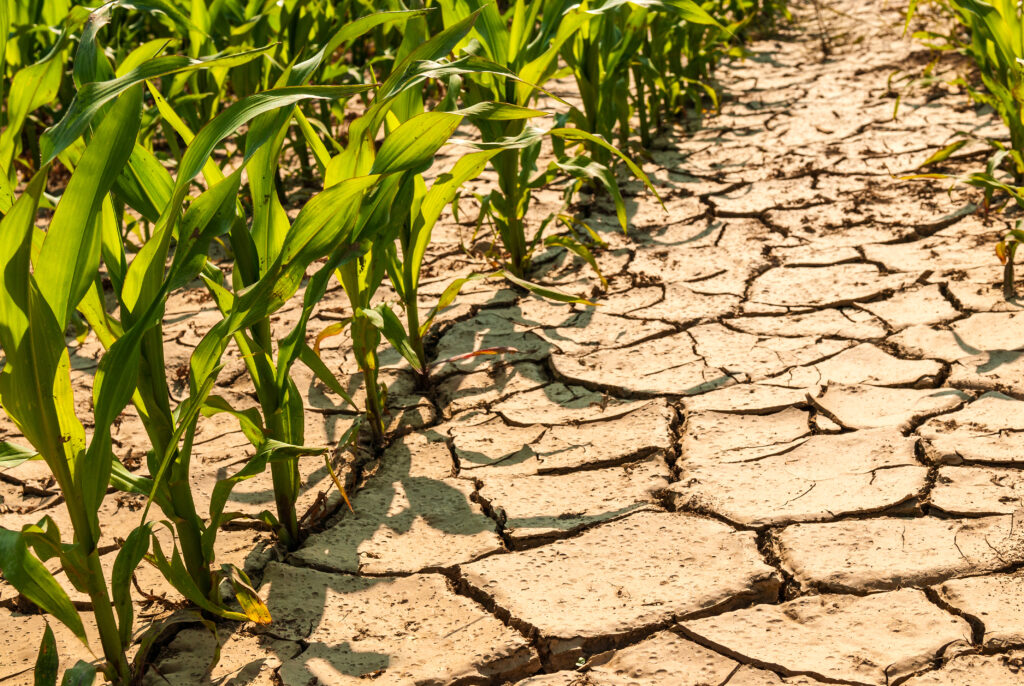
Sanjiv Kumar co-leads a research team hoping to advance the development of more accurate sub-seasonal climate forecasts by highlighting the importance of land surface processes, particularly soil moisture memory.
With climate extremes such as droughts and heatwaves becoming more frequent and severe, reliable soil moisture forecasts can enhance community resilience and disaster preparedness.
A research team co-led by faculty in Auburn University’s College of Forestry, Wildlife and Environment has concluded a study to improve soil moisture prediction at sub-seasonal timescales—ranging from two to six weeks—in support of agricultural decision-making and improved water resource management.
PREDICTING THE FUTURE
Accurate forecasts at these lead times help bridge the gap between weather and seasonal forecasts, enabling better drought preparedness and irrigation planning.
The study titled Enhancing sub-seasonal soil moisture forecasts through land initialization, recently published in the peer-reviewed scientific journal npj Climate and Atmospheric Science, concluded that contrary to the common focus on oceanic and atmospheric drivers, land initialization—especially soil moisture memory—dominates predictability, accounting for over 90% of the soil moisture forecast skill in many regions.
Co-led by Sanjiv Kumar, an associate professor of Earth system modeling and observation, the multi-institution research team included co-principal investigators Imtiaz Rangwala, of the Cooperative Institute for Research in Environmental Sciences (CIRES) at the University of Colorado Boulder and Jadwiga H. (Yaga) Richter, of the National Science Foundation National Center for Atmospheric Research (NCAR).
HARNESSING LAND, OCEAN AND ATMOSPHERIC DATA
The study employed a novel set of climate modeling sensitivity experiments using the Community Earth System Model Version 2 Sub to Seasonal (CESM2-S2S) climate forecast experiments framework to isolate and quantify the individual contributions of land, ocean and atmospheric initializations to sub-seasonal soil moisture forecast skill.
Funded by a $500,000 grant from the USDA-NIFA FACT program, the team used eight sensitivity experiments to disentangle the individual impacts of the three components and their interactions on the forecast skill for the contiguous United States.
A comparative analysis of the CESM2-S2S root zone soil moisture (SM) forecast skills against two other climate models highlighted the potential for enhancing soil moisture forecast accuracy by improving the representation of soil moisture-precipitation feedback.
Revealing that land initialization plays a key role, the research team hopes to advance the development of more accurate sub-seasonal climate forecasts by highlighting the importance of land surface processes, particularly soil moisture memory.
IMPROVED FORECASTING, EMPOWERING BETTER MANAGEMENT DECISIONS
“The findings provide a path to improving operational forecast systems for agriculture, drought early warning and water resource planning,” said Kumar. “Further, improved irrigation scheduling and drought response will reduce crop losses and enhance farm-level decision-making, benefiting the agricultural economy.
“The team’s conclusions will provide a myriad of social, environmental and ecological benefits, including enhanced forecasting to support sustainable water management and conservation, especially in ecologically sensitive regions,” said Janaki Alavalapati, the Emmett F. Thompson Dean in the College of Forestry, Wildlife and Environment. “Armed with this data, landowners can make better management decisions that will improve agricultural outcomes, even within prolonged periods of drought.”
(Written by Jamie Anderson)









